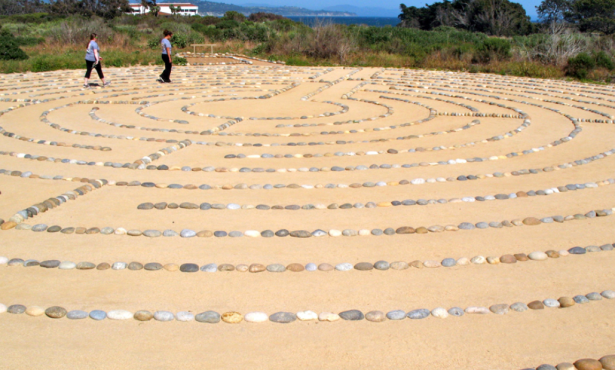Diamonds May Be a Key to Quantum Information Flow
UCSB Gets Grant to Manipulate Electron Spin

Diamonds may be a key to revolutionizing the field of communications, according to researchers at the California NanoSystems Institute (CNSI) at UCSB, who just won a $6.1 million government grant to pursue diamond-based quantum information processing.
The researchers believe the grant will allow them to develop ultra-secure communications and further speed computation and database searches. Among other things, the researchers hope to develop the capacity to instantly destroy a signal if anyone tries to tamper with it, a technology that would be useful for banks and other institutions.
Professor David Awschalom, the principle investigator on the projects, said the use of diamonds in information technology is pioneering on more than one level. “Because diamonds are made of carbon, they are a relatively clean materials resource,” said Awschalom, a professor of physics, and electrical and computer engineering at UCSB. “In addition, it is the best thermo-conductor on the planet,” Awschalom said, “so it is very good at carrying heat away from electronics.”
Traditional quantum experiments are conducted under conditions of extremely low temperature and high pressure, but diamonds bring it all back to room temperature.
The cost of diamonds has limited the technology, but CNSI plans to build “a world-class research facility for the creation of synthetic diamonds” and diamond materials, according to the April 15 press release about the grant. “Now that we can grow them synthetically in the lab, it becomes much more affordable,” Awschalom said.
By analyzing the odd way particles behave at the quantum scale – such as the phenomenon of an electron spinning in different directions at the same time, and in the same space, known as superposition of states – the projects will focus on developing new quantum measurement techniques. The UCSB-led team plans to manipulate the spin of a single electron inside a diamond.
The Defense Advanced Research Projects Agency (DARPA) and the Air Force Office of Scientific Research (AFOSR) are funding the projects. Eight UCSB professors are on the research team, which also includes scientists from Hewlett-Packard Research Labs, the Lawrence Berkeley National Laboratory, Harvard University, MIT, the University of Iowa, and the Delft University of Technology.



